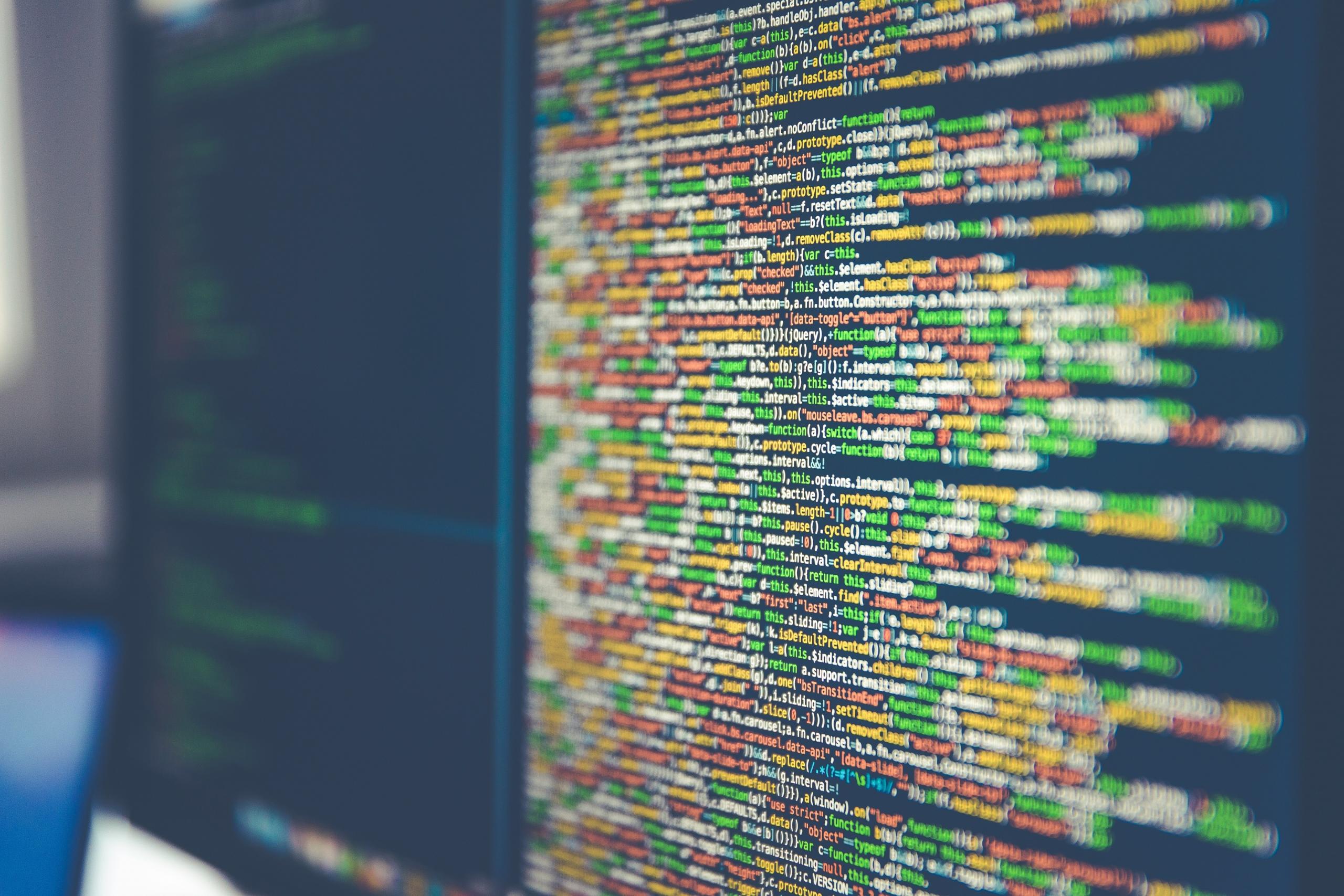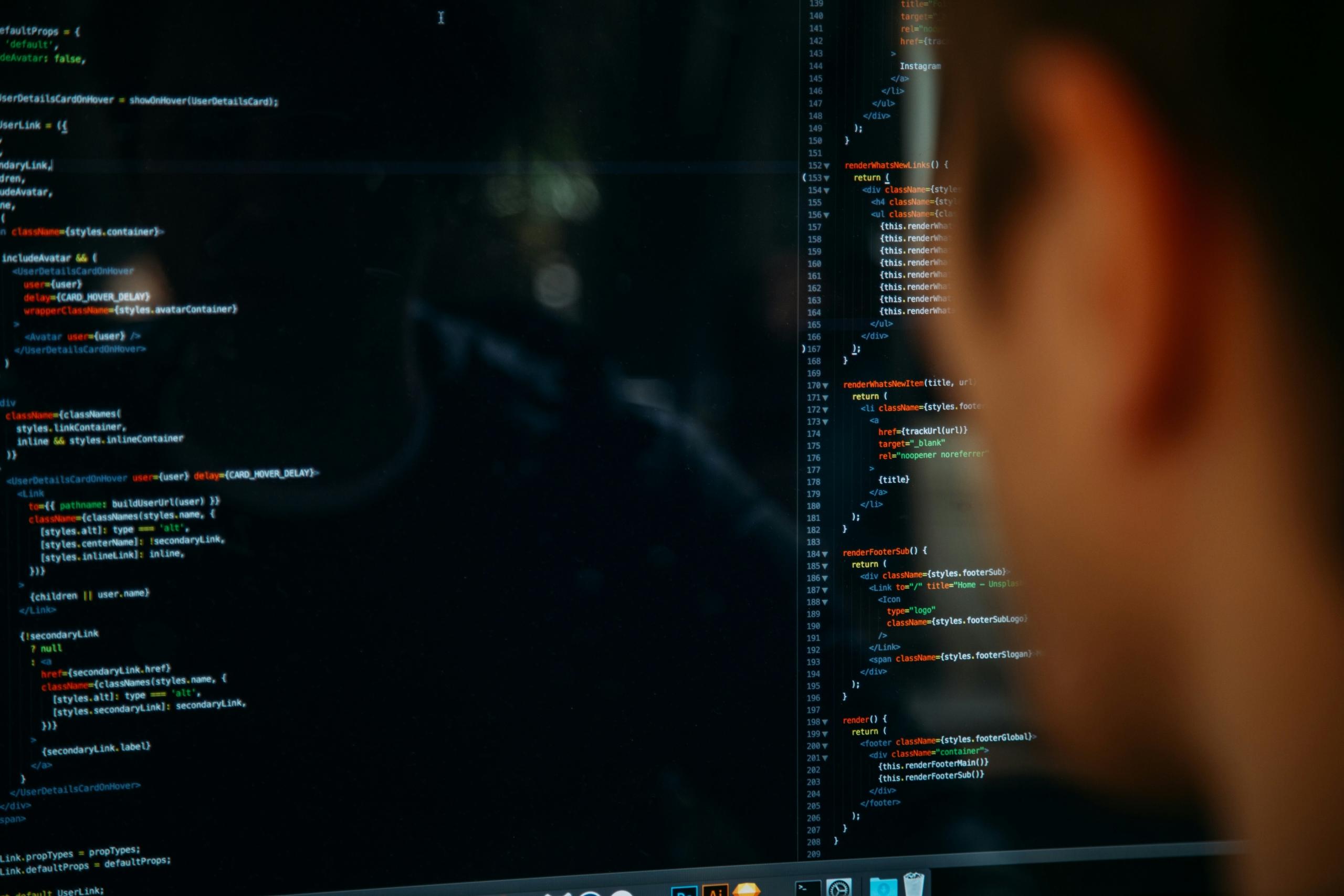Life is full of unexpected error and computers are no different. Just like life, computers can either handle their errors with grace, or give up. If you are learning Java, then you will be pleased to know that it is a language that has heavily invested in handling errors, which are known as exceptions.
In short, Java exception handling is a fundamental concept within the Java programming language that deals with the identification, management, and resolution of runtime errors.
So, what is exception handling?
When an error occurs during programme execution, Java creates an object known as an exception. These Java exceptions or objects contain information about the error, and Java then provides a robust mechanism to catch and handle these them using try-catch blocks, throw statements, and custom exception classes.

Why Learn Java Exceptions?
Learning Java exception handling is essential for several reasons. Firstly, it improves on the robust nature and reliability of your applications by preventing abrupt terminations. This in turn allows the program to either continue running or to shut down gracefully which is of critical importance in real-world applications where unexpected issues, such as file not found errors or network interruptions, are common.
Furthermore, mastering exception handling in Java makes you a more competent and versatile coder. One of the most exciting aspects of Java exception handling is that it involves logical thinking and problem-solving skills to foresee potential issues and devise effective handling strategies. It will challenge you to think critically while you design systems that can recover from unexpected situations.
To answer the question – what is exception handling, it is to ultimately create more resilient, more user-friendly applications.
What Do Arrays and Java Exceptions Have in Common?

What is exception handling when it comes to Arrays?
In short, Arrays and exception handling in Java are linked through error management. When accessing array elements, invalid indices can cause an ‘ArrayIndexOutOfBoundsException’. To deal with this, exception handling enables the programme to catch and manage these errors gracefully, which can prevent crashes and ensure robust, error-resistant code.
What exactly is an array?
Arrays in Java are a fundamental data structure that store multiple values of the same type in a single variable. Each value in an array is called an element, and the position of each element is identified by an index, starting from zero. Arrays are useful for managing collections of data efficiently. In addition, they allow for easy access and manipulation of individual elements using their indices. They are widely used in Java programming for tasks such as storing lists of items, managing large datasets, and implementing various algorithms. They also help to organise data logically and enhance the readability and performance of Java applications.

What is an ArrayList?
An ArrayList in Java is a resizable array implementation of the List interface, which is part of the Java Collections Framework. Unlike a standard array, an ArrayList can dynamically grow and shrink as elements are added or removed. This provides flexibility in handling collections of data and offers constant-time positional access and efficient iteration, making it ideal for cases where elements are frequently accessed by their index.
Functions and Features:
- Dynamic Resizing: Automatically adjusts its capacity when elements are added or removed.
- Indexed Access: Allows fast retrieval and update of elements using indices.
- Type-Safety: With generics, ensures all elements are of a specified type, reducing runtime errors.
In terms of error handling, when using an ‘ArrayList’, you might try to access an item at a position that doesn't exist, which will cause an ‘IndexOutOfBoundsException’. By using exception handling, you can catch these errors and deal with them gracefully, so your programme doesn't crash unexpectedly.
By understanding these basics, you can effectively use ‘ArrayList’ in your Java programmes to manage dynamic collections of data while ensuring your code handles errors smoothly.
What is a LinkedList?
A LinkedList in Java is a data structure that consists of a sequence of elements, where each element points to the next (and optionally the previous) one to form a chain. Unlike an ArrayList, a LinkedList does not store elements in a contiguous block of memory but rather as nodes scattered throughout memory, connected by pointers.
Key Features:
- Efficient Insertions and Deletions: Adding or removing elements is faster, especially in the middle of the list, since only the pointers need to be updated.
- Doubly-Linked: Each node points to both its next and previous nodes which allows for efficient traversal in both directions.
Understanding LinkedList is essential because it teaches important concepts about how data structures work under the hood. It highlights the trade-offs between different types of lists (like ArrayList and LinkedList) in terms of performance for various operations. This knowledge is essential for making informed decisions about which data structure to use based on the specific needs of your application.
A HashMap in Java
A HashMap is a data structure that stores key-value pairs and allows for fast retrieval, insertion, and deletion of values based on unique keys. It uses a hashing mechanism to compute an index into an array of buckets from which the desired value can be found.
In terms of features and purpose, Hashmap offers:
- Efficient Lookup: It provides constant-time performance for basic operations like get and put.
- Key-Value Mapping: It is ideal for scenarios where you need to associate unique identifiers (keys) with specific values.
Understanding HashMap is vital because it is a fundamental part of the Java Collections Framework. It is widely used in real-world applications for tasks such as caching, indexing, and managing configurations. Learning HashMap helps grasp core concepts of hashing, collisions, and data organisation.
What is Exception Handling with HashMap?

When working with HashMap, exceptions such as ‘NullPointerException’ can occur if you try to insert or retrieve null keys or values, or ‘ConcurrentModificationException’ if the map is modified while iterating. Proper Java exception handling ensures robust and error-free code by managing these situations with ease so that the integrity and performance of your application is maintained.
Other collections in Java include HashSet for storing unique elements, TreeSet for sorted sets, PriorityQueue for processing elements based on priority, and LinkedHashMap for maintaining insertion order. All of these collections offer diverse functionalities, enabling efficient data management and retrieval suited to various application needs.
Exception handling in Java is critical for building robust and error-resistant applications and as a language, Java provides several mechanisms like try, catch, finally, throw, and throws to manage these effectively.
- try and catch: The try block contains code that might throw an exception. The catch block follows the try block and catches the specific exception type thrown, allowing the programme to handle the error gracefully without crashing.
- finally: The finally block contains code that always executes, regardless of whether an exception was thrown or caught. It is typically used for cleanup activities like closing files or releasing resources.
- throw: The throw keyword is used to explicitly throw an exception, typically within a method, to signal an error condition that should be handled by the calling method.
- throws: The throws keyword is used in a method signature to declare that the method might throw one or more exceptions. This informs callers of the method that they need to handle these exceptions.
The best way to learn about Java exceptions is without doubt, through the expert guidance of a Java tutor.

Not only will a tutor approach Java exception handling through a structured and practical process, but they will also ensure that you understand both the concepts and their application.
In addition, here is what else you can expect:
- Introduction to Basics: Initially, your tutor will introduce the concept of Java exception handling and why it is essential for robust software development. This typically occurs after you have a good grasp of basic Java syntax and object-oriented programming principles.
- Understanding Exception Types: You will learn about different types of exceptions, such as checked and unchecked exceptions, and common ones like ‘NullPointerException’, ‘IOException’, and ‘ArithmeticException’. Your tutor will explain how these exceptions are thrown and caught during runtime.
- Practical Examples and Exercises: Your tutor will provide practical examples to demonstrate how to use try, catch, finally, throw, and throws. In addition, you will practice writing code snippets to handle the flow of specific Java exceptions.
- Real-World Scenarios: Expect to work on real-world scenarios where you need to implement Java exception handling. This could involve file operations, network communication, or user input validation. These exercises will reinforce your understanding and show the importance of handling exceptions in real applications.
- Gradual Complexity: Expect the complexity of examples and exercises will increase gradually. Initially, you might handle simple cases, but eventually, you will tackle more complex scenarios, that involve multiple exceptions and nested try-catch blocks.
- Review and Feedback: Your tutor will review your code, provide feedback, and help you understand best practices for writing clean and efficient exception handling code.
On the whole, you can expect to cover exception handling in Java only once you have completed basic training in Java basics and OOP concepts.
As you can see there is much to look forward to in embracing Java, and one thing is for sure, with Java you can be sure that your learning journey will never end.
Résumer avec l'IA :















